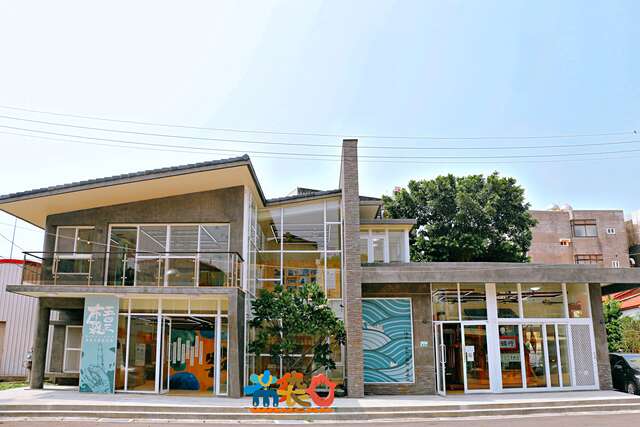Budai 543 Story Museum Introduction
At the entrance of the Budai 543 Story Museum, there is an installation art piece called "Budai Mouth," which refers to the old name of Budai. The museum was formerly known as the "Bureau of Customs for Kaohsiung, Ministry of Finance, Budai Detention Center," commonly referred to by locals as "Customs." It now showcases the historical changes and cultural aspects of Budai through artistic exhibits, allowing visitors to deeply understand Budai in an innovative and interesting way. The first floor of the museum features paintings that illustrate the 400-year history of Budai, with each painting representing a different colonial period: Prehistoric Taiwan, Dutch and Zheng Period, Qing Dynasty Period, Japanese Occupation Period, and the Post-World War II Period. In the early post-war period, Budai became known as "Budai Small Shanghai" due to the flourishing maritime trade with China. The children’s reading room in the museum is modeled after the prosperous ship houses of that time, furnished with tatami flooring for children to sit and read picture books. The decor includes famous shops from that era, like Yongle Tea House and Night Fragrance, as well as commodities such as rice and sugar, which were the top exports at the time, highlighting the past glory of Budai. The second-floor exhibit presents the daily life of Budai residents through old photographs and installation art. One particularly stunning piece, a "3D painting," appears to be a flat oil painting but is actually a large installation art created by the artist painting the colors of real three-dimensional objects like tables and chairs, making visitors feel like they have stepped into the scene. The next time you visit Budai, in addition to enjoying delicious seafood at the fish market and admiring the High Heels Church, don't forget to stop by the Budai 543 Story Museum to learn about the little details of Budai's past through artistic experiences.



























